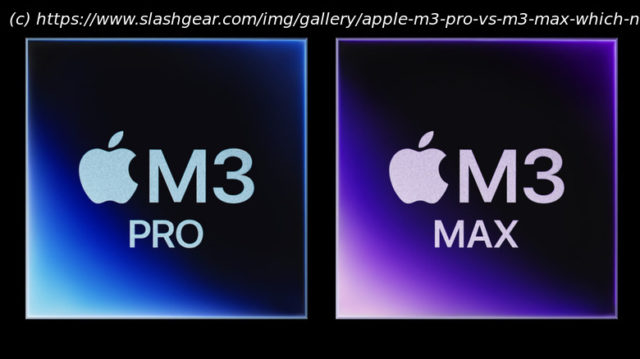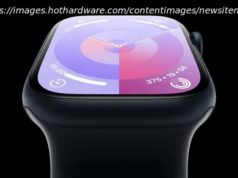Apple’s M3 series comprises the first computing processors in the world based on the 3nm fabrication tech.
Apple has waded into a new era of processors with the M3 generation, leapfrogging industry peers like Intel and AMD. At its Scary Fast event, the company introduced a trio of new chips in the M3 series. While the vanilla M3 will power entry-point Macs, the M3 Pro and M3 Max are targeted at machines expected to perform more demanding tasks.
The M3 series comprises the first computing processors in the world based on the 3nm fabrication tech. In simple terms, that means higher performance output and a boost in energy efficiency. But this time around, the focus is not solely on the raw processing capabilities.
Apple says it has reimagined the graphics architecture on its new chips, and has also added niceties like hardware-accelerated ray-tracing and mesh shading into the mix. The M3 generation also adds support for Dynamic Caching for better memory resource allocation and a new media engine, as well.
Notably, Apple compared most of the M3 series performance gains with respect to the M1 generation, arguing that the folks on the M2 class Mac hardware apparently won’t be needing an upgrade anytime soon. For folks eyeing new Mac hardware for pure firepower, the choice is between M3 Pro and M3 Max variants, both of which are explored below with key differences in tow.The standout M3 upgrade
The M3 Pro and its Max version are said to ship with an next-gen GPU that is not only 65% faster than the M1 generation, but also nearly twice as power efficient. Thanks to the new Dynamic Caching tech linked to the graphics engine, Apple claims the M3 series processors offer tighter control over memory allocation.
The company says this tech pushes the GPU deeper into the workflow demands, thereby enhancing the performance of the task at hand. Intelligent resource allocation is tricky, and when the GPU doesn’t deliver the kind of firepower it is capable of, users run into a performance bottleneck that worsens the experience at creative tasks as well as gaming.
Over the past few years, Apple has turned its attention towards gaming with initiatives like the Metal API and bringing console grade games to the iOS platform. This time around, Apple is making another major stride with the M3 series by adding support for hardware-accelerated ray-tracing. For the uninitiated, it’s a system of graphics rendering that allows depicting more realistic shadows and accurate reflections in games.
It’s quite resource-intensive to implement in the first place, while its software-driven counterpart delivers choppy results at best. With the arrival of hardware-accelerated ray-tracing on the M3 class processors, Apple is putting more power in the hands of developers to create more refined visual experiences in games without having to worry about the hardware limitations.






